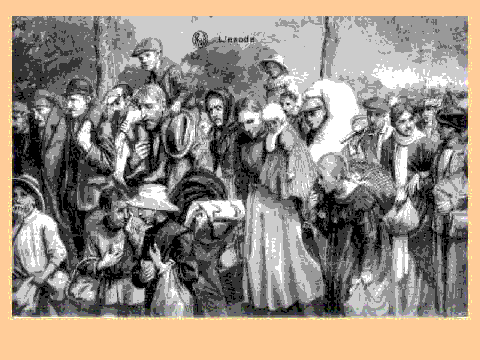|
return to homework page |
|
return home |
World War I WebQuest
What is it like to be in a conflict as a
civilian in the war zone?
Civilians in the combat zones are not members of the armed forces, but they are the ones who must bear the burden of all wars.
